God… is the spectrum?
Exeggutored
This one and shitposts are my favs hehe
Apparently they would get so dazzled by the bumpy brown beer bottles that they would incessantly try to mate with the bottles, even if ants started picking them apart.
I like that we were given a hat and a weird tail as starting points.
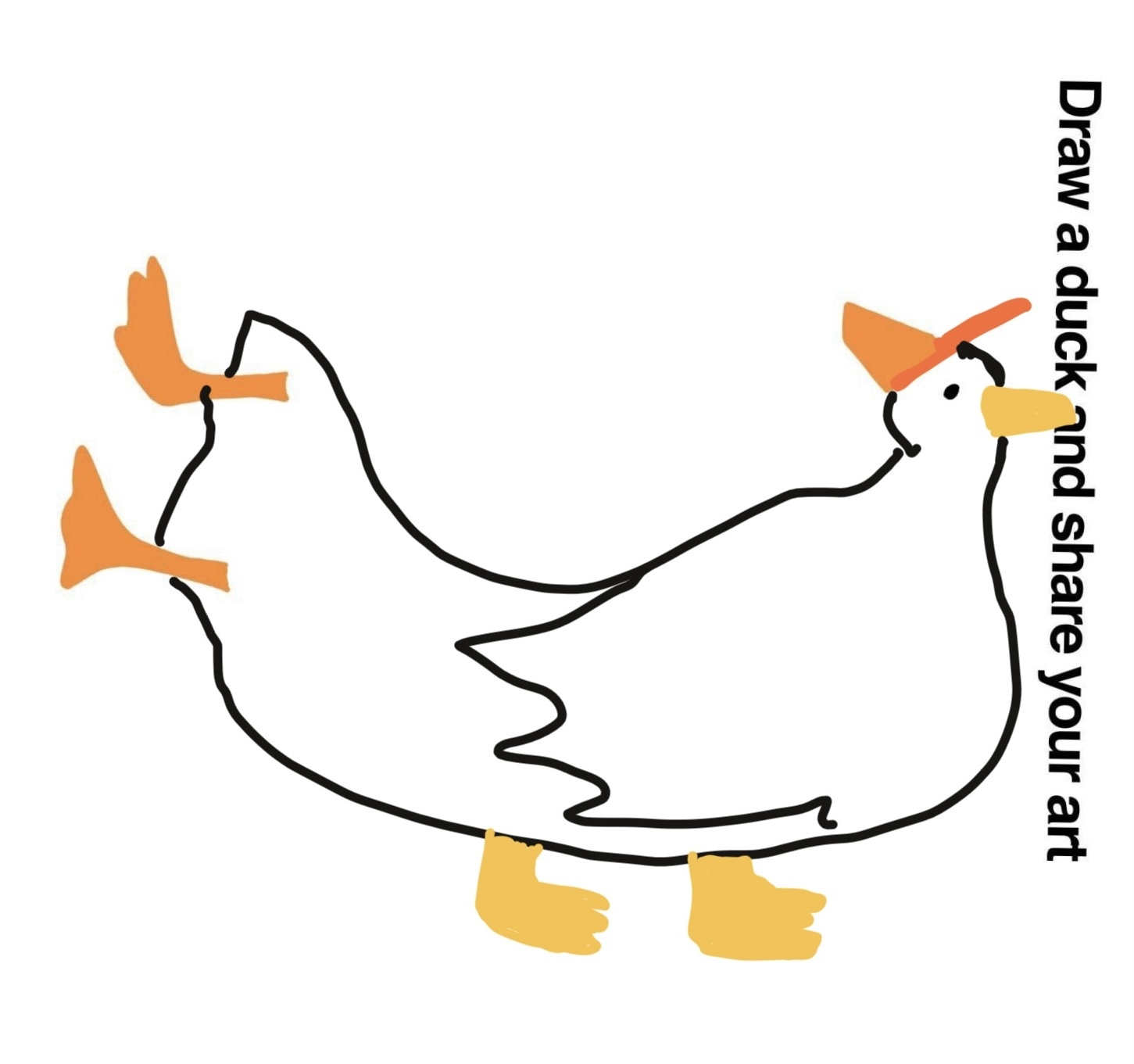
“Excuse me sir on the tractor, what time is it?”
“It’s who gives a fuck o’clock, city boy.”
The one on the right is a bearded 8 year old who never saw snow. He has a beard due to micro plastics. He thinks all pictures online of snow are AI generated. He’s also an asshole to everyone and rightfully so because his life and planet has been doomed. Welcome to 2034.
Underwater chem trails
Plus the art they started using in gdrive. The art on its own is cool but within the Google ecosystem just feels like… what is it even… why… ugh I hate it.

When I was in the end of my PhD, everything except writing my thesis made me feel guilty. I ended up learning to find joy and peace in doing laundry and washing dishes. They became my guilt-free breaks — I had to do these things. FYI - I didn’t enjoy washing dishes before.
Washing dishes has become a really powerful part of my day, haha. Not only is it still a guilt-free break but it is a daily reminder to be mindful. I’ve noticed that whenever I drop and break a dish, my mind is not present. In fact, in those moments my mind might actually be drifting somewhere negative.
Maybe not so much a “hack” as a … lesson? Or something? But yeah, the whole cliche about having the right attitude and being present and mindful. I try to apply it in other parts of life, not just the dishes.
I once heard of an experiment in economics that offers insight into this.
Say you have 100 people. You give each of them one of two choices:
A : you get $40 unconditionally B: you get $70 - n, where n is the number of people who choose B
You end up getting, on average across experiments, n = 30.
If you move the numbers around (i.e, the $40 and the $70), you keep getting, on average, a number of people choosing B so that B pays out the same as A.
I think the interpretation is that people can be categorized by the amount of risk they’re willing to take. If you make B less risky, you’ll get a new category of people. If you make it more risky, you’ll lose categories.
Applied to traffic, opening up a new lane brings in new categories of people who are willing to risk the traffic.
Or something. Sorry I don’t remember it better and am too lazy to look it up. Pretty pretty cool though.
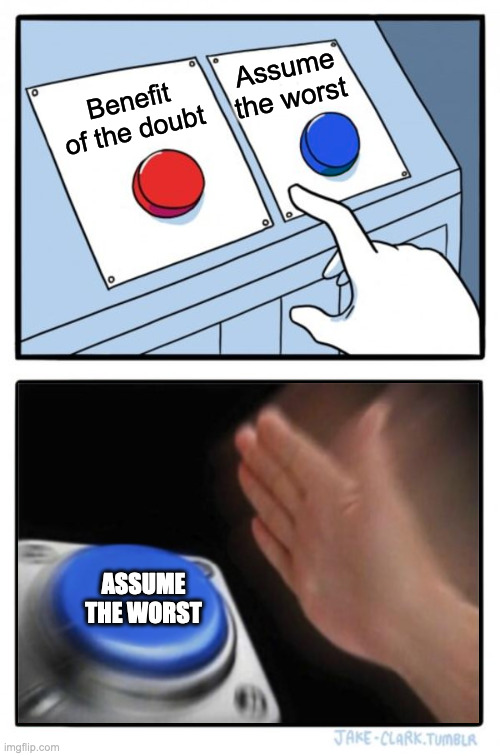
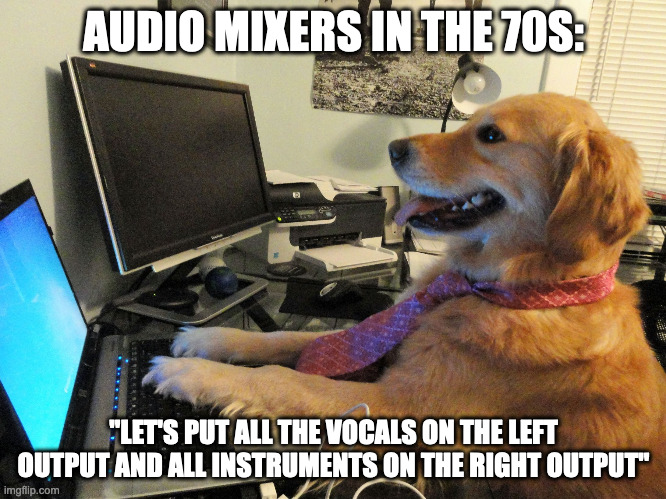
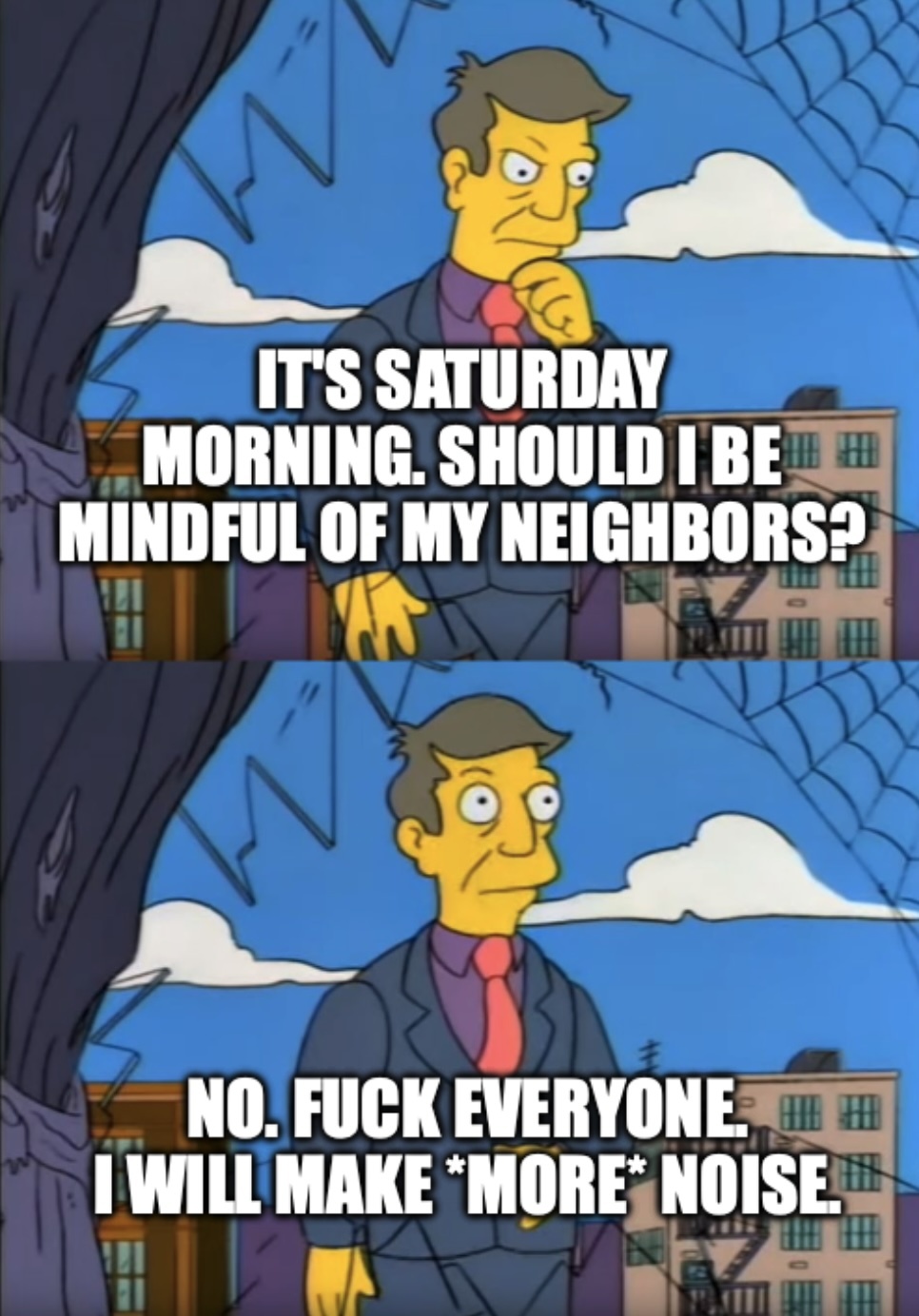

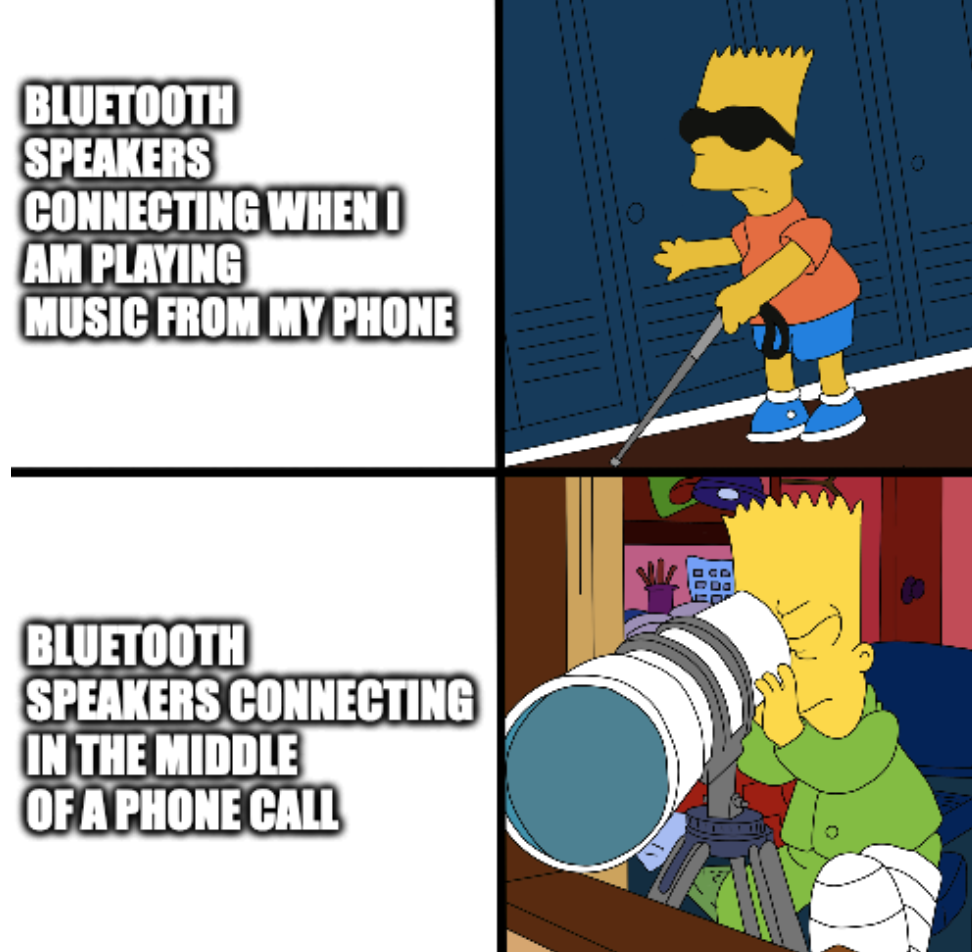
That explains everyone who was never here